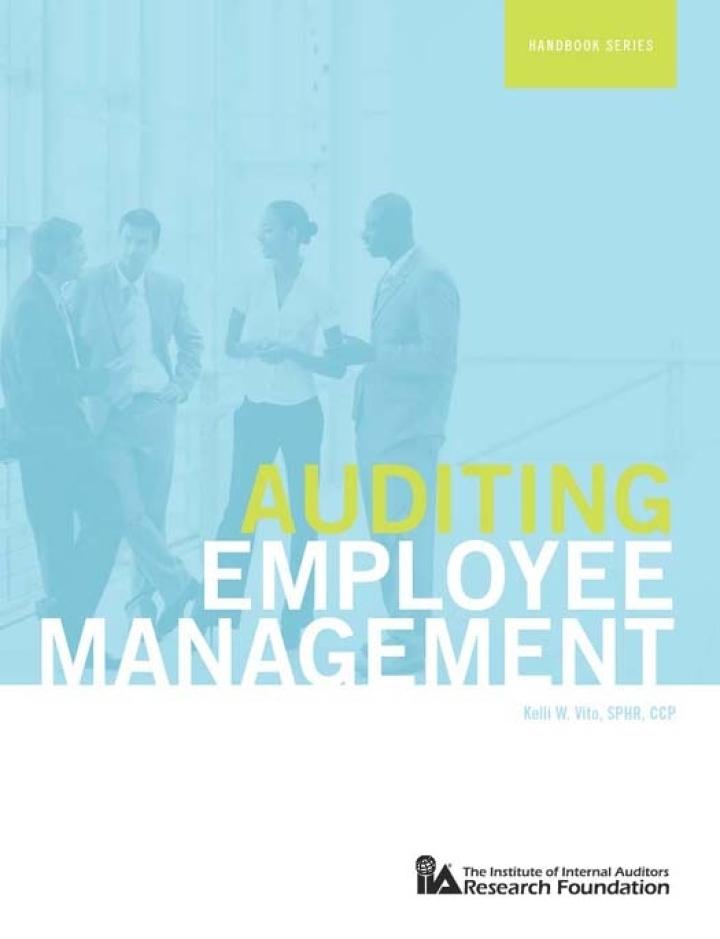Answered step by step
Verified Expert Solution
Question
1 Approved Answer
OBJ. 1, 2, 3, 4 of Debit 59.550 PR 2-13 Entries Into T accounts and trial balance Ken Jones, an architect, opened an office on

Step by Step Solution
There are 3 Steps involved in it
Step: 1

Get Instant Access to Expert-Tailored Solutions
See step-by-step solutions with expert insights and AI powered tools for academic success
Step: 2

Step: 3

Ace Your Homework with AI
Get the answers you need in no time with our AI-driven, step-by-step assistance
Get Started


